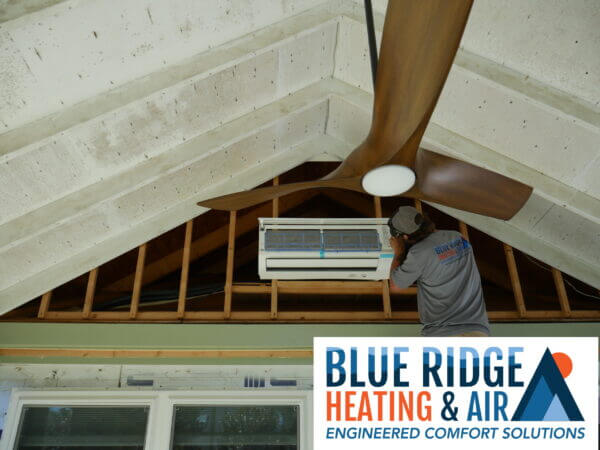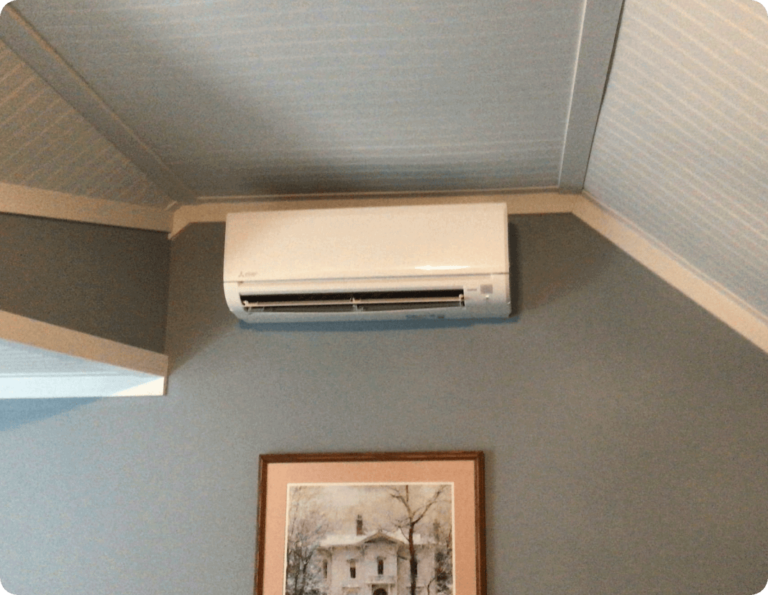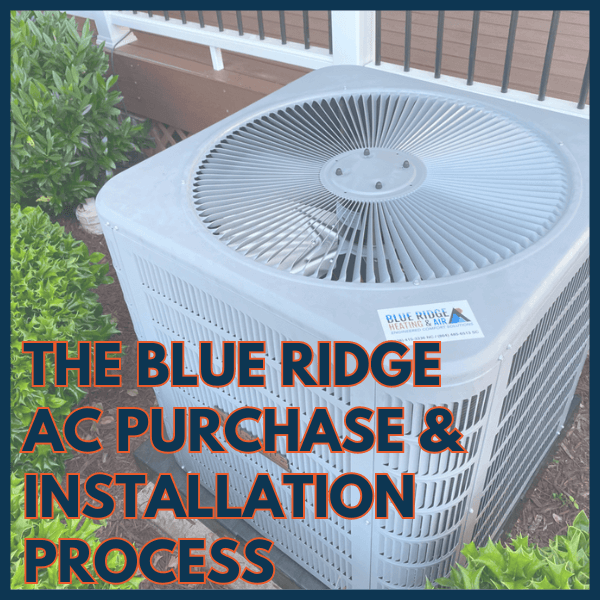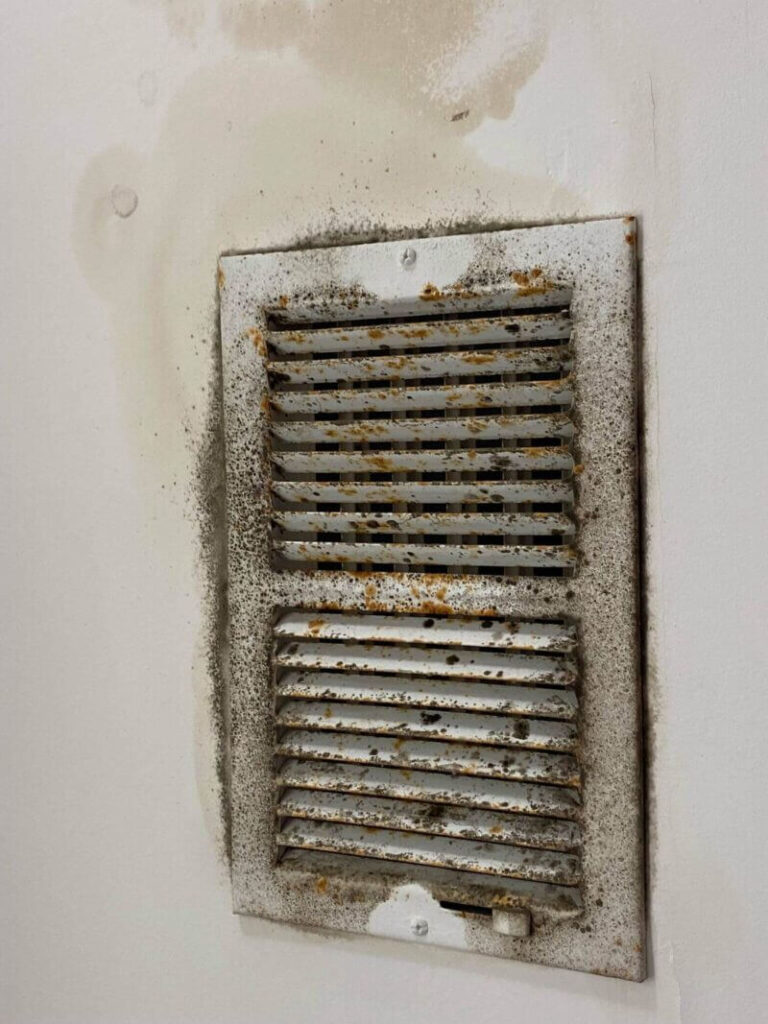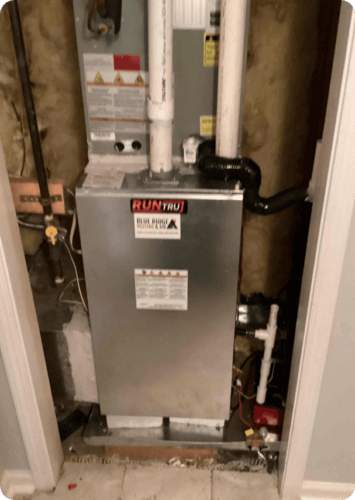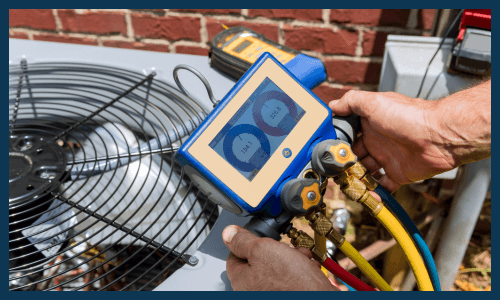Buying a new furnace to heat your home or business is a big purchase. The purpose of this article is to help you understand how Blue Ridge Heating and Air approaches the process. It is our goal to meet or surpass your expectations throughout the entire process.
In this article, we are going to go over the process from start to finish. I’ll break it down into 3 parts:
- Consultation
- Sale
- Installation
If you’d like to speak to someone now about your heating system, give us a call, or click on the button below to contact us online.
Consultation
 As nice as it would be to have “off the shelf” products and pricing for gas furnaces, it’s not quite that simple. This is due to the customized nature of the installation process at each home, in addition to the variations in furnace features and efficiencies. That being said, a homeowner can expect a new furnace installation starting price around $6000. This is the indoor gas furnace unit for a split system. It does not include a new outdoor air conditioner unit or indoor coil. As furnace models get higher in BTU heating capacity, and higher in energy efficiency, the price increases commensurately.
As nice as it would be to have “off the shelf” products and pricing for gas furnaces, it’s not quite that simple. This is due to the customized nature of the installation process at each home, in addition to the variations in furnace features and efficiencies. That being said, a homeowner can expect a new furnace installation starting price around $6000. This is the indoor gas furnace unit for a split system. It does not include a new outdoor air conditioner unit or indoor coil. As furnace models get higher in BTU heating capacity, and higher in energy efficiency, the price increases commensurately.
The purpose of the consultation is to fully understand the customer’s needs and expectations. Prior to coming to your home, if time allows, our comfort specialist will perform a heat load calculation. Most of the information needed to do this is available from third-party online sources such as Zillow.com. However, they may need to call you to complete the analysis or complete it once they are at your home. An example output of this analysis is shown below. You can see that about 52,000 BTUs of heat energy are needed to heat this home.
Now that we know what size of furnace output is needed, we need to select a furnace. There are two general efficiency classifications of gas furnaces: 80% and 90%.
You can think about this like you do vehicles. You can buy the Dodge Charger and get 22 miles per gallon, or the Honda Accord and get 36 miles per gallon. Both can accomplish the mission, but one does it at much lower operational expense. To determine the minimum furnace size needed, you simply apply the math. 52,000/0.80=65,000. So, for an 80% furnace to deliver 52,000 BTUs of heat, you would need a furnace with at least 65,000 BTUs of input.
Historically, 80% furnaces were used in attics because they do not condense water. The inefficiency of the furnace does not enable water to form. Therefore, there are no drain lines full of water to be concerned about freezing and bursting during the winter. If an 80% furnace is already installed in your attic, most of the time a new 80% furnace is used as the replacement.
Upgrading to a 90% furnace requires that the exhaust flue (metal b-vent) be replaced with a PVC exhaust flue. Typically, this exhaust flue penetrates the roof. If the flue is being changed from the metal b-vent to PVC, a roofer must be engaged to ensure proper penetration and sealing on the roof to prevent leakage. The increased installation cost of the 90% equipment, flue replacement, and hiring a roofer leads most homeowners to maintain an 80% furnace as the replacement.
On the other hand, if the attic application is a new construction or remodel, a 90% furnace is a good option. The primary additional action to do from the installation standpoint is to fully insulate the condensate drain line to prevent freezing during the winter.
Normally, if the furnace is located in a crawl space, basement, or mechanical room, a 90% furnace is used.

In addition to ensuring we size the furnace correctly for your home, we also want to ensure the duct system is sized correctly for the amount of airflow needed to condition the home. It is quite common for air returns to be undersized, which can impede efficient conditioning of the home and shorten equipment life. The overall condition of your duct system can be assessed as well.
The logistics of replacing your furnace also must be assessed. Is the access hole to the attic or crawl space limited in size? Can the installers safely access the working area? Sometimes, additional plywood is secured to the joists in the attic to improve working efficiency and safety. You will see the comfort specialist capture most of this information in a digital form on their iPad, along with many pictures and some videos. These are instrumental in helping the installation team to be well-prepared when they arrive.
The comfort specialist may discuss other preferences with you such as single or two-stage furnaces, and constant or variable-speed blowers. These features impact price, energy efficiency, and comfort.
The Sale
Our goal is to help educate you as much as possible so that you can make an informed decision that leaves you with no regrets. We want to tell you everything about our company, our people, our standard of service, and the products we have to offer. We want you to know by the end of your consultation if you want to do business with us or not. Yes is great, and no is ok.
Our quotes are provided with a total investment price, and a payments (financed) price. We have a number of financing options that can help to manage the expense of a new installation.
If you sign off on a proposed solution while our comfort specialist is still at your home, you will provide a deposit in the form of a check or credit card. Alternatively, if you plan to finance the purchase, you would apply for financing at this time.
The comfort specialist will ask you for your preferred installation date or dates.
If you decide later on, for example on another day, to move forward with the installation, contact the main office or reply to the email address on your quote. You will be contacted to secure your deposit or financing, and to determine when you prefer the installation. We have a note explaining this on all of our quotes, but you should be aware that our quotes are valid for 30 days. If you make a decision to use us after 30 days, we may need to update our quote as equipment prices and other variables may change.
The Installation
Once you’ve made the decision to move forward on an installation with Blue Ridge Heating and Air, the Installation Manager will pull the permit with the county or city as applicable and contact you to solidify the installation date.
The day before the installation, the Installation Manager will re-confirm the install for the next day with you. On the morning of the install, the Lead Installer will call you before leaving the shop as a final confirmation. The Lead Installer will be your primary point of contact during the installation, but you are free to contact the Installation Manager with any questions or concerns.
After the installation is complete, the final payment will be collected or monthly payments activated. The Lead Installer will review the Comfort Maintenance Plan with you, and then request a want-date for the inspection. At a later date, the office will schedule the date of inspection and inform you. The inspector will inform you and the company of the inspection result. Should the inspection fail for any reason, Blue Ridge Heating & Air will contact you to schedule a date to come resolve the issue.
In Summary
We know that Blue Ridge Heating and Air is not going to be the best fit for everyone. You will find a wide range of pricing in the market. Generally, the low end of the pricing begins with the phrase, “I know a guy…, or My cousin does side work…, etc.” If that sounds appealing to you, we are not a good fit. Our pricing may be 20 to 50% higher than these options. You should not expect a permit, inspection, or strong follow-up service in these cases.
The other end of the pricing spectrum is typically associated with the larger, well-known company names in the area. Their reputations are easily assessed by looking at the reviews on their websites and Google profiles. Quite often, they have solid reputations and will stand behind their work. On occasion, we have seen their prices be 1.5 to 2 times higher than ours when we’ve crossed paths with a customer. We think that you will find that Blue Ridge Heating and Air pricing lies somewhere in between these two extremes. We do have overhead, a building, trucks, benefits for our valued team members, regular factory training on equipment, etc. So we will never have the lowest price out there. However, we pride ourselves on “Going the Extra Mile” for our customers. If you do not have this type of experience with us, our management and owners want to know about it and make it right.

